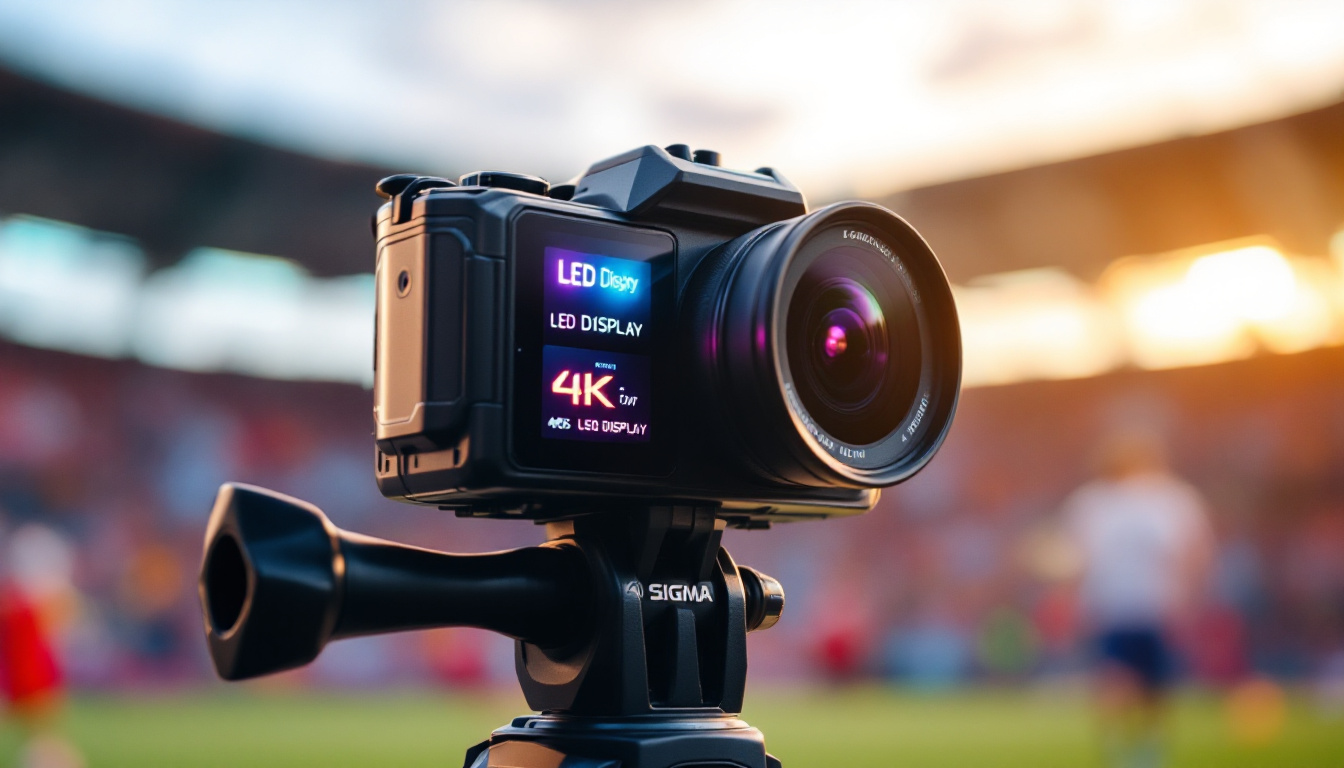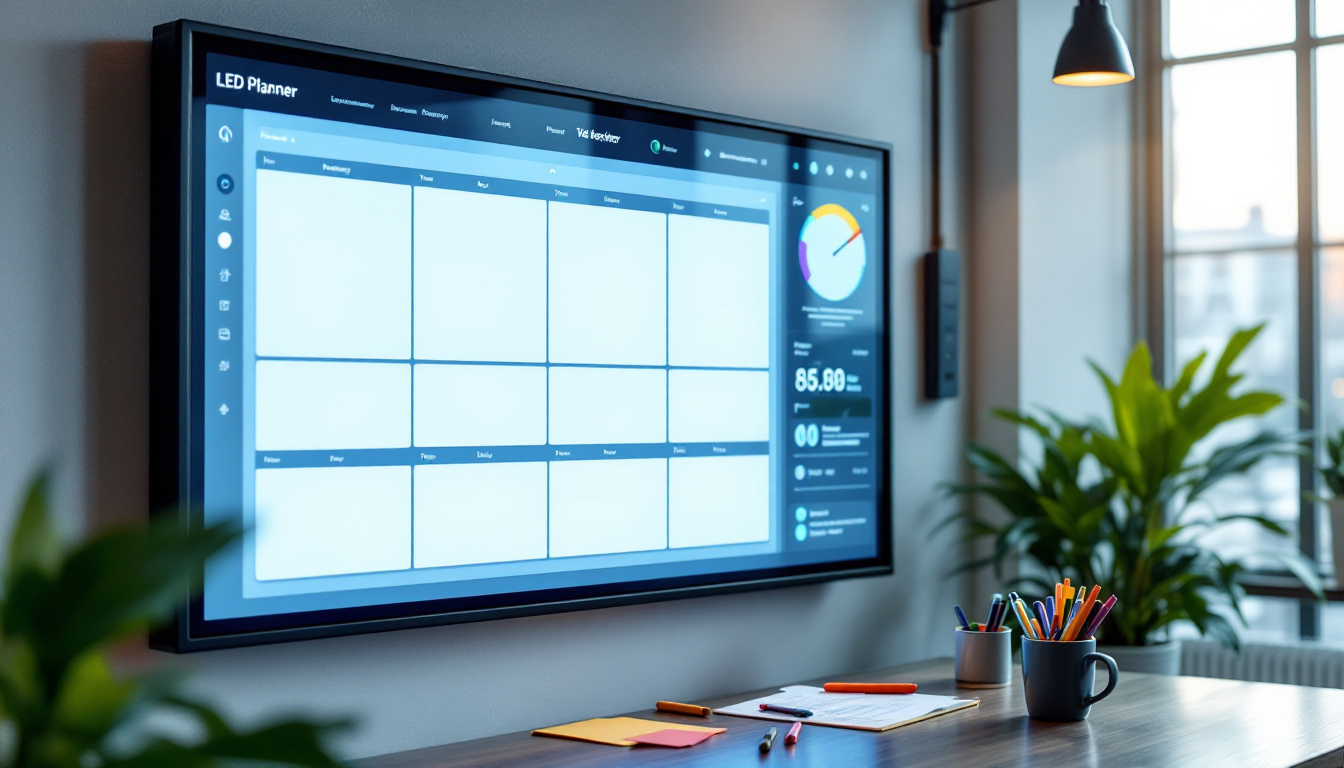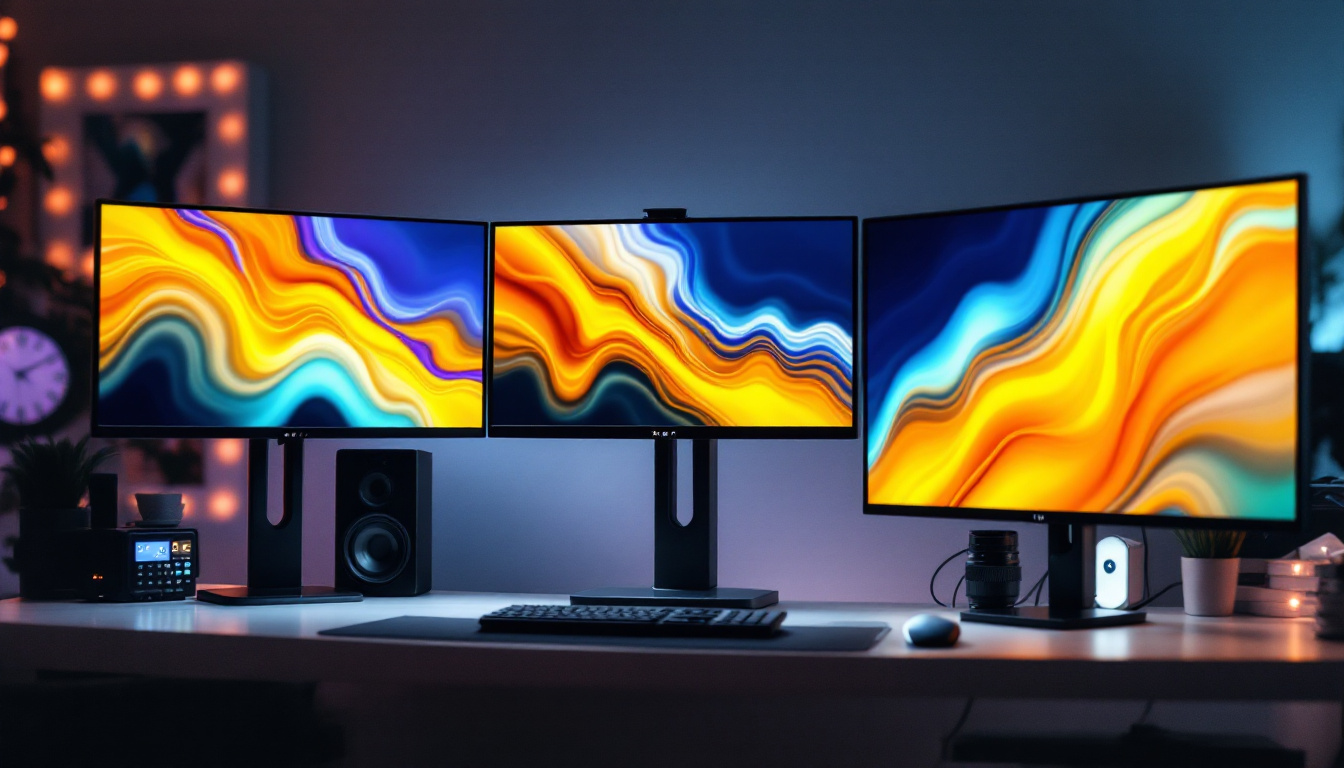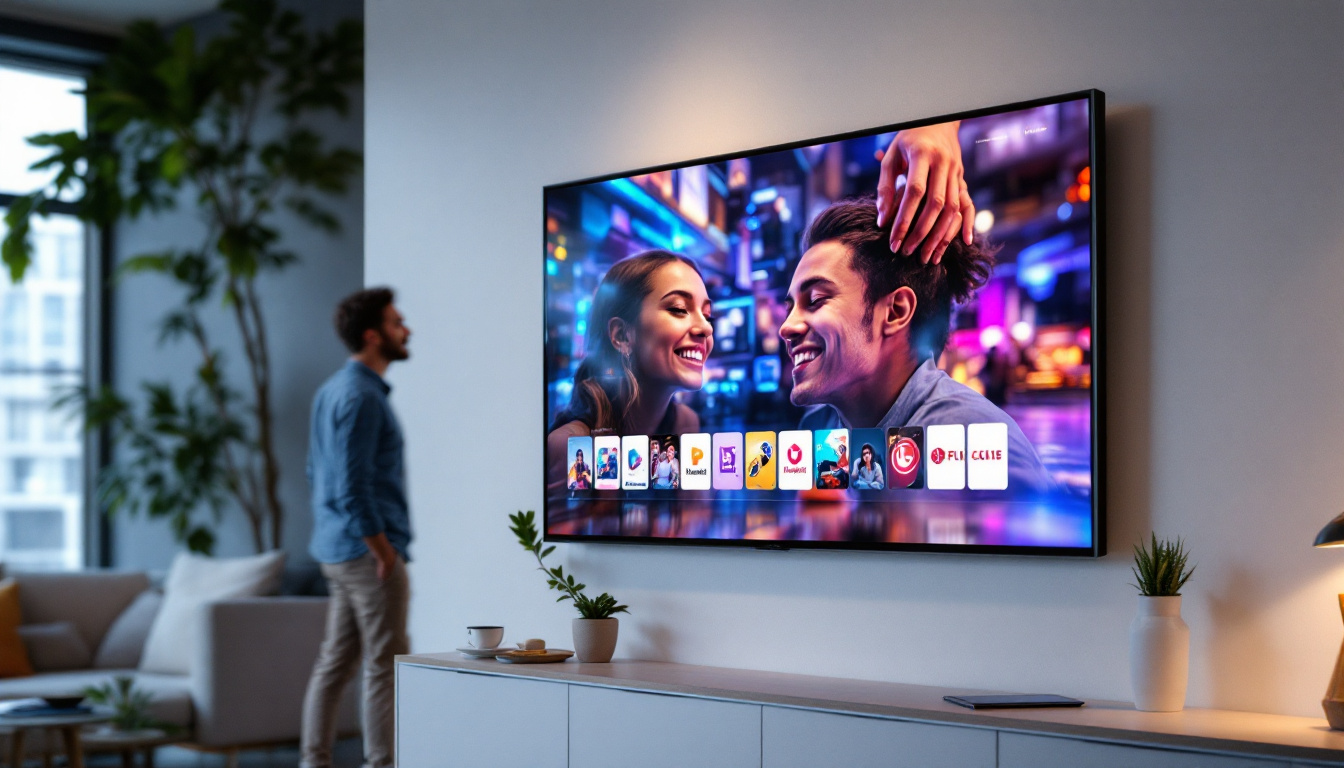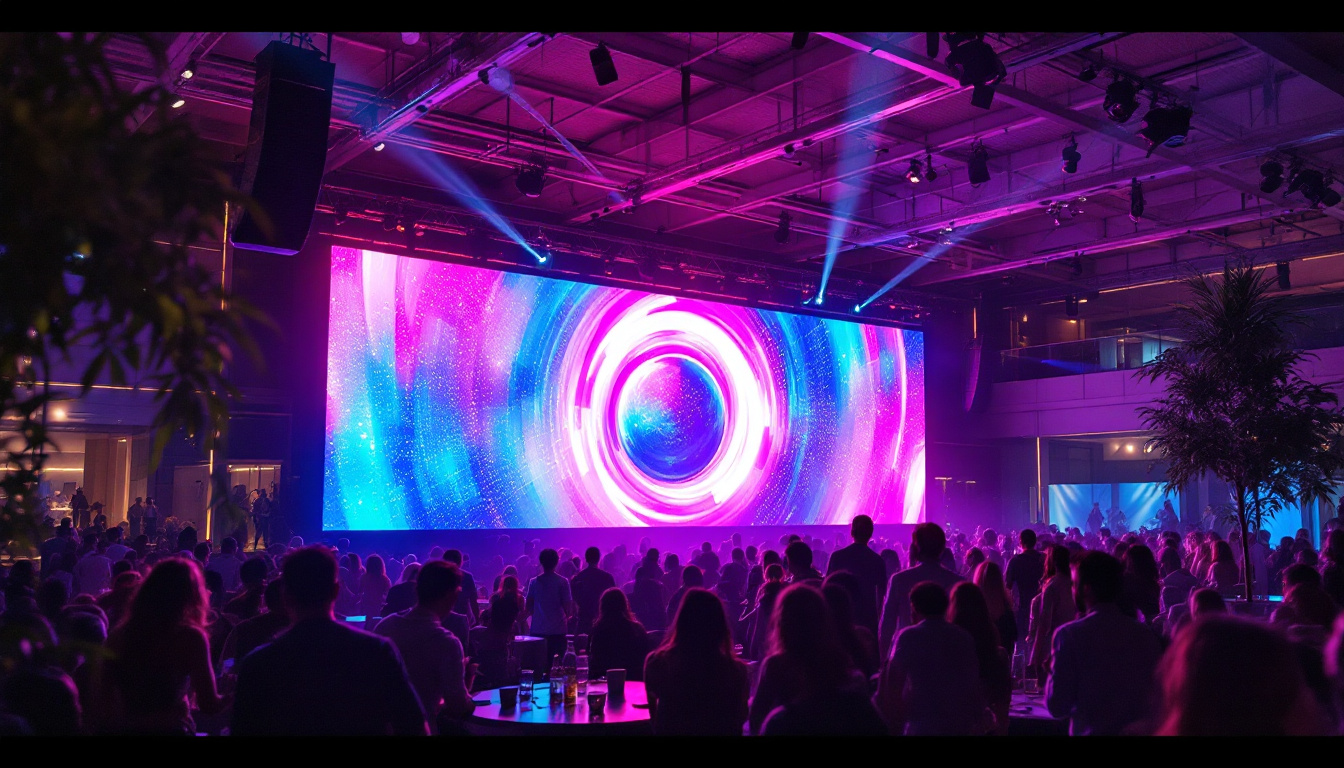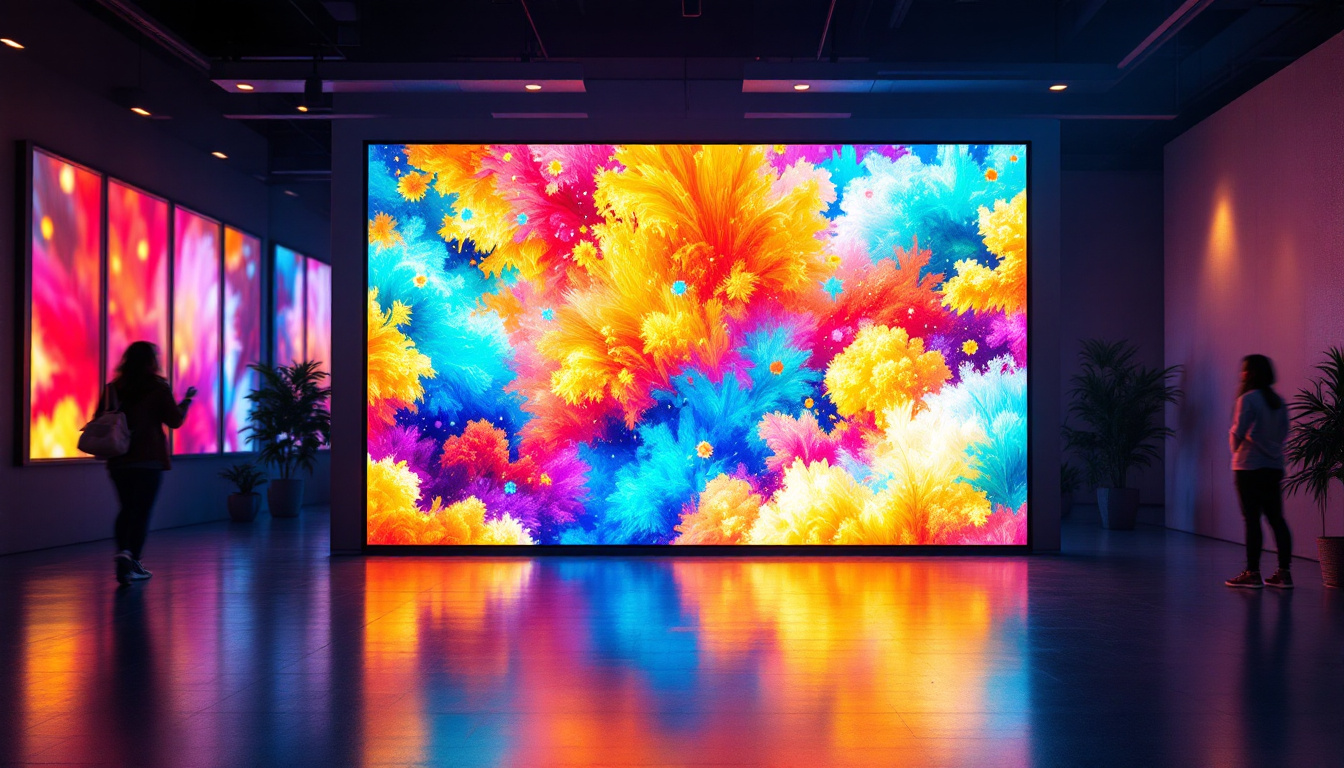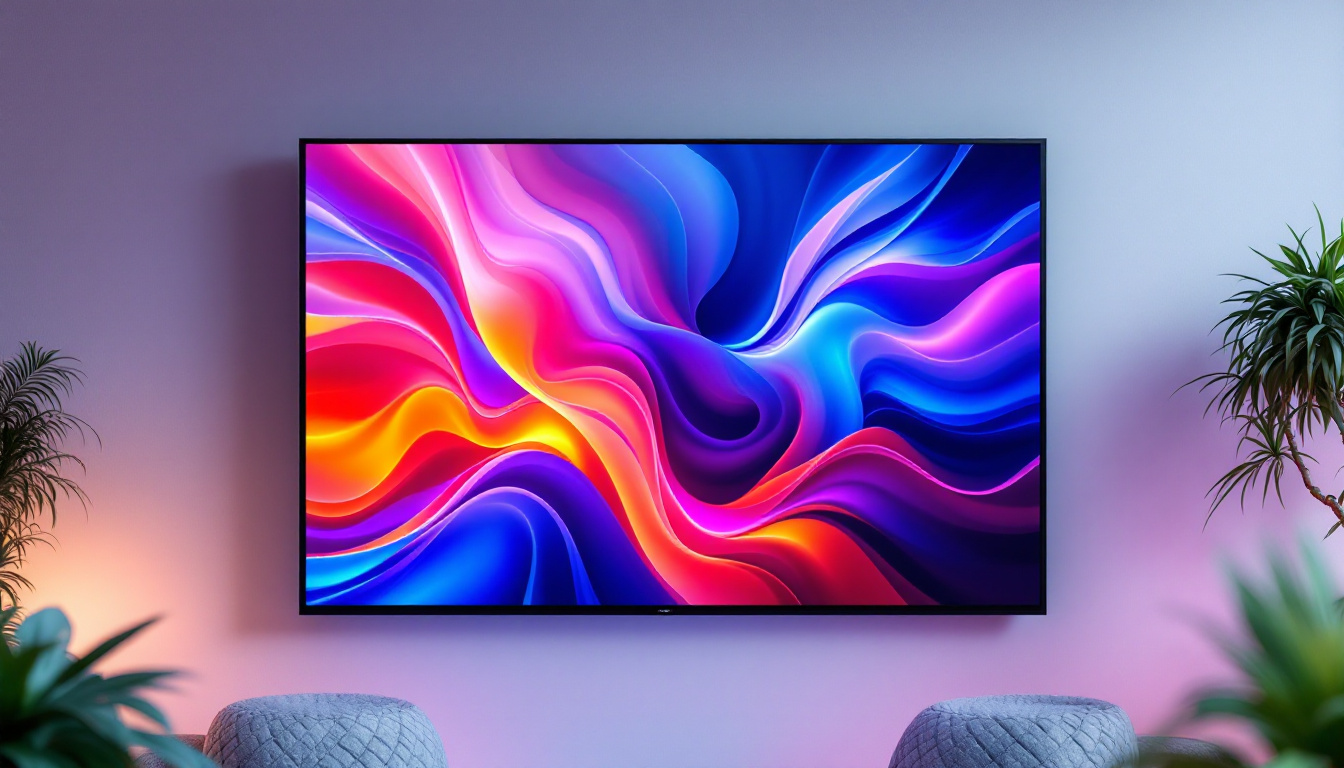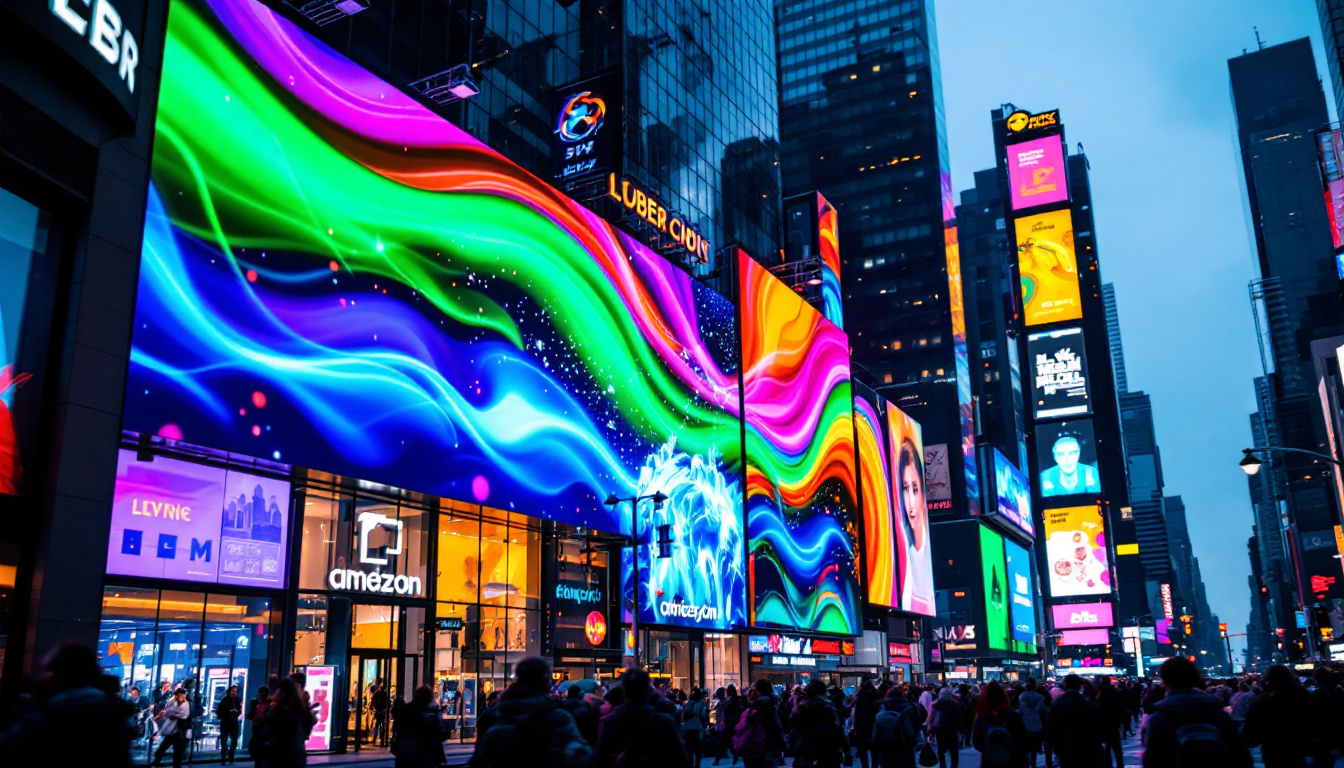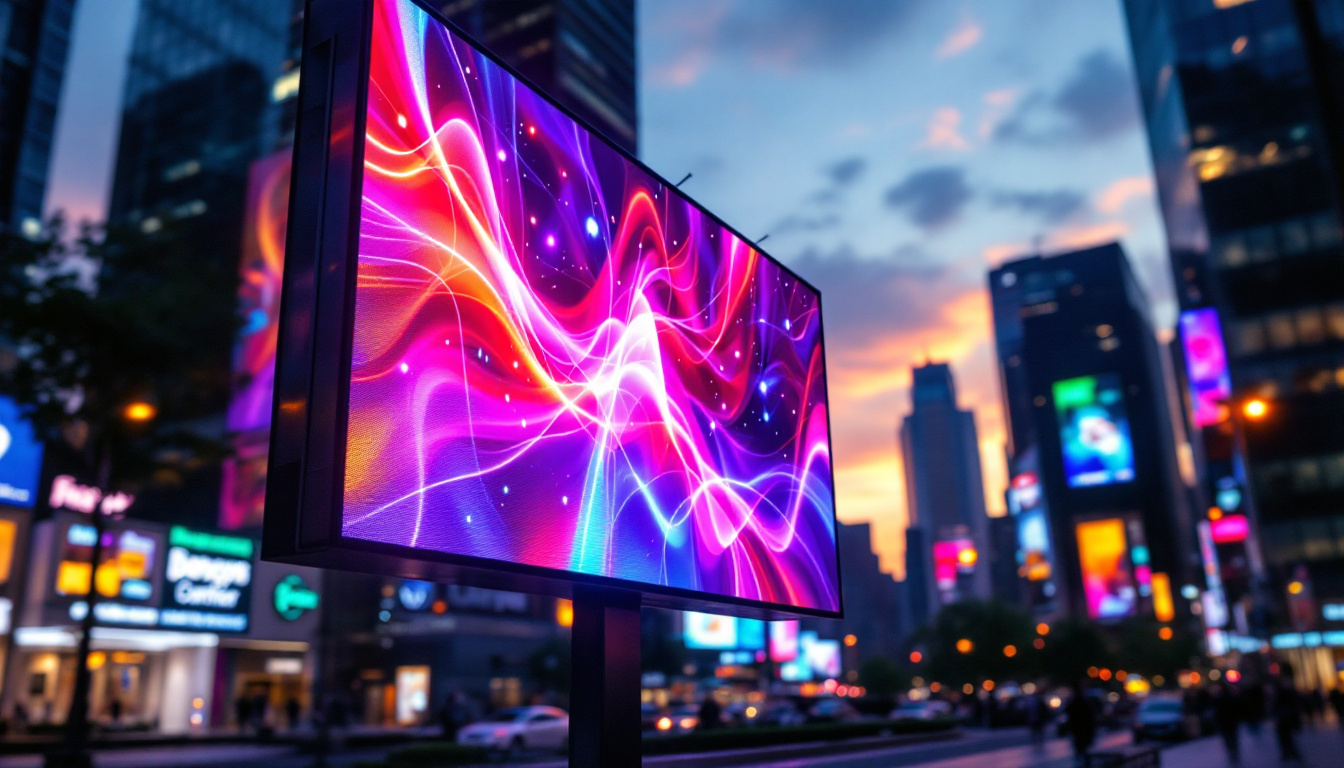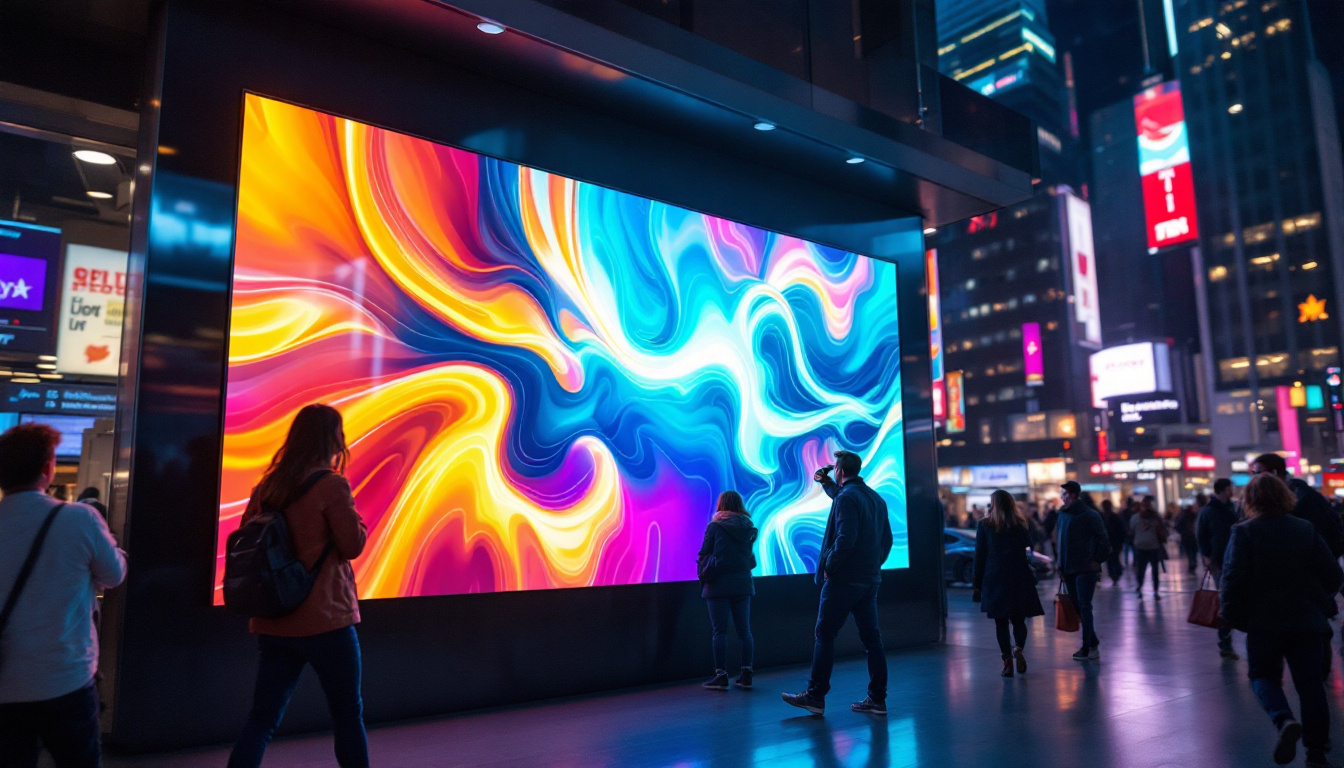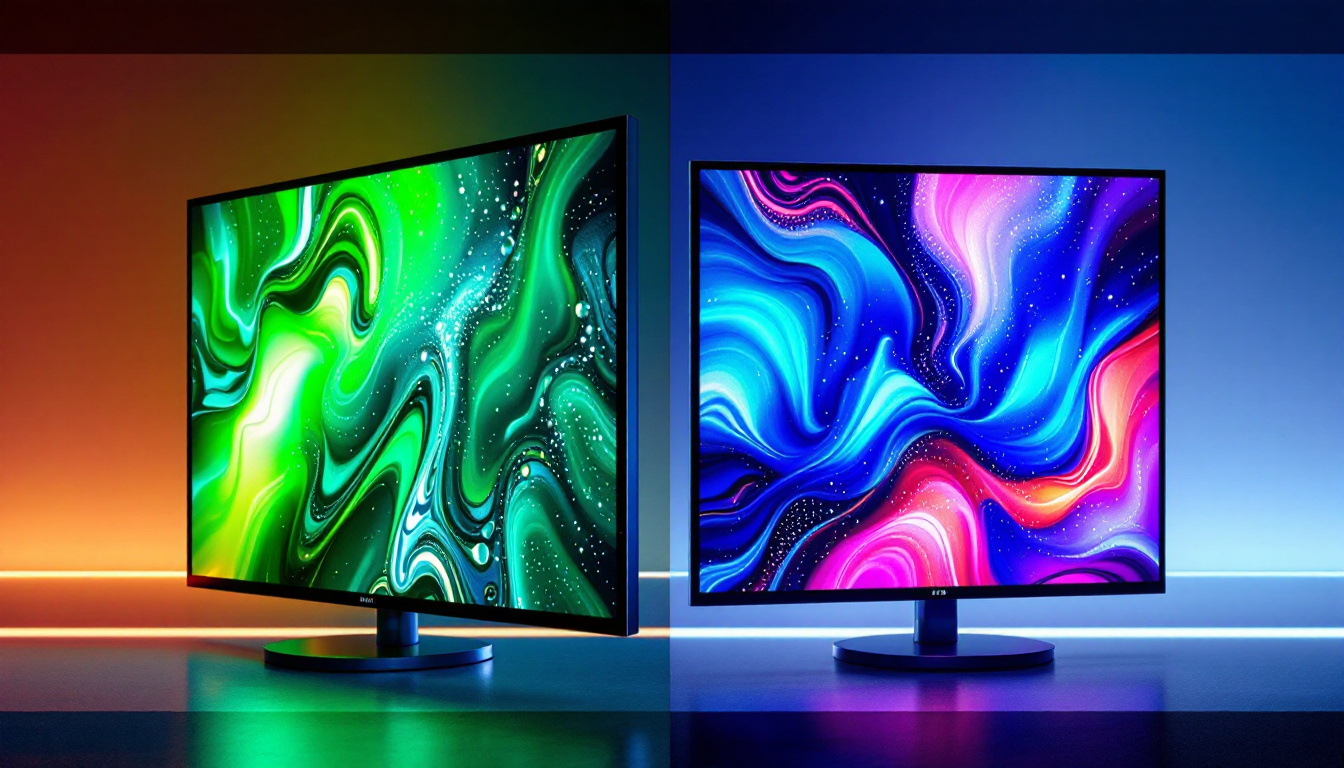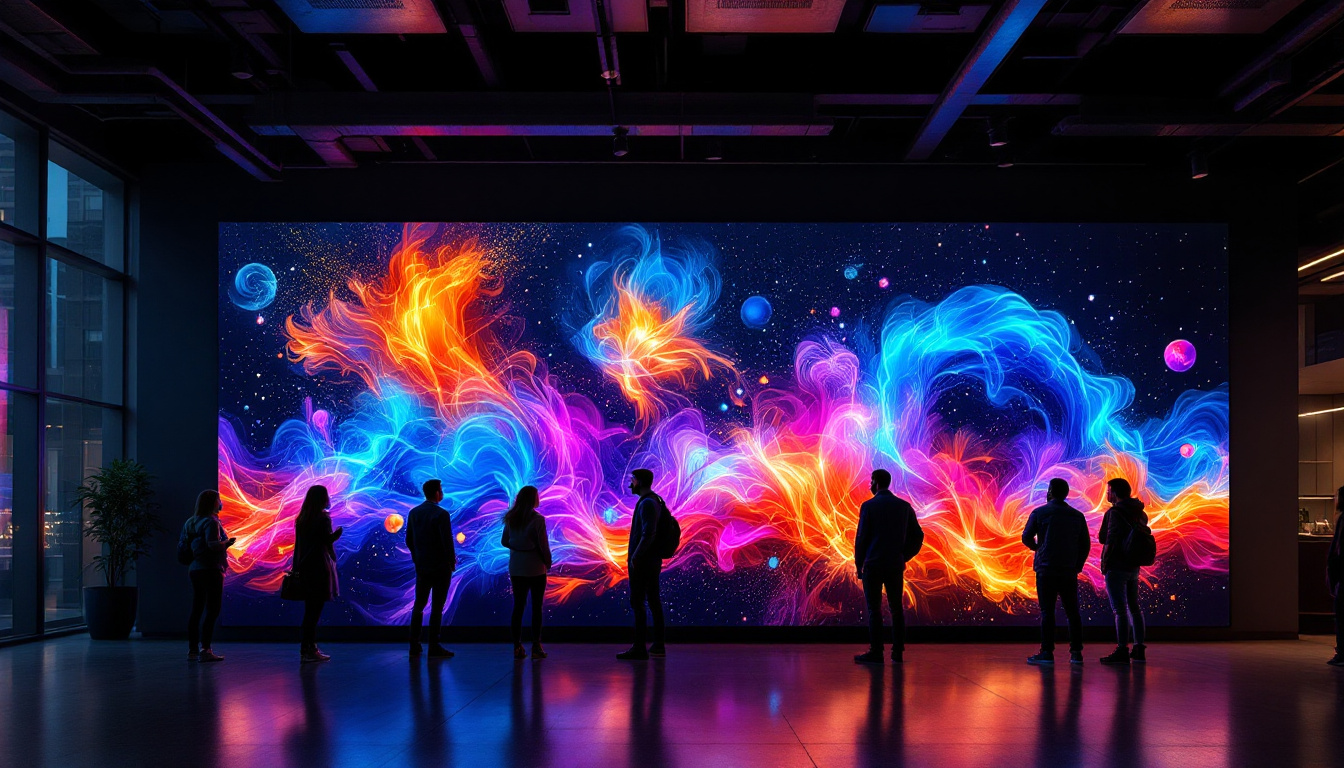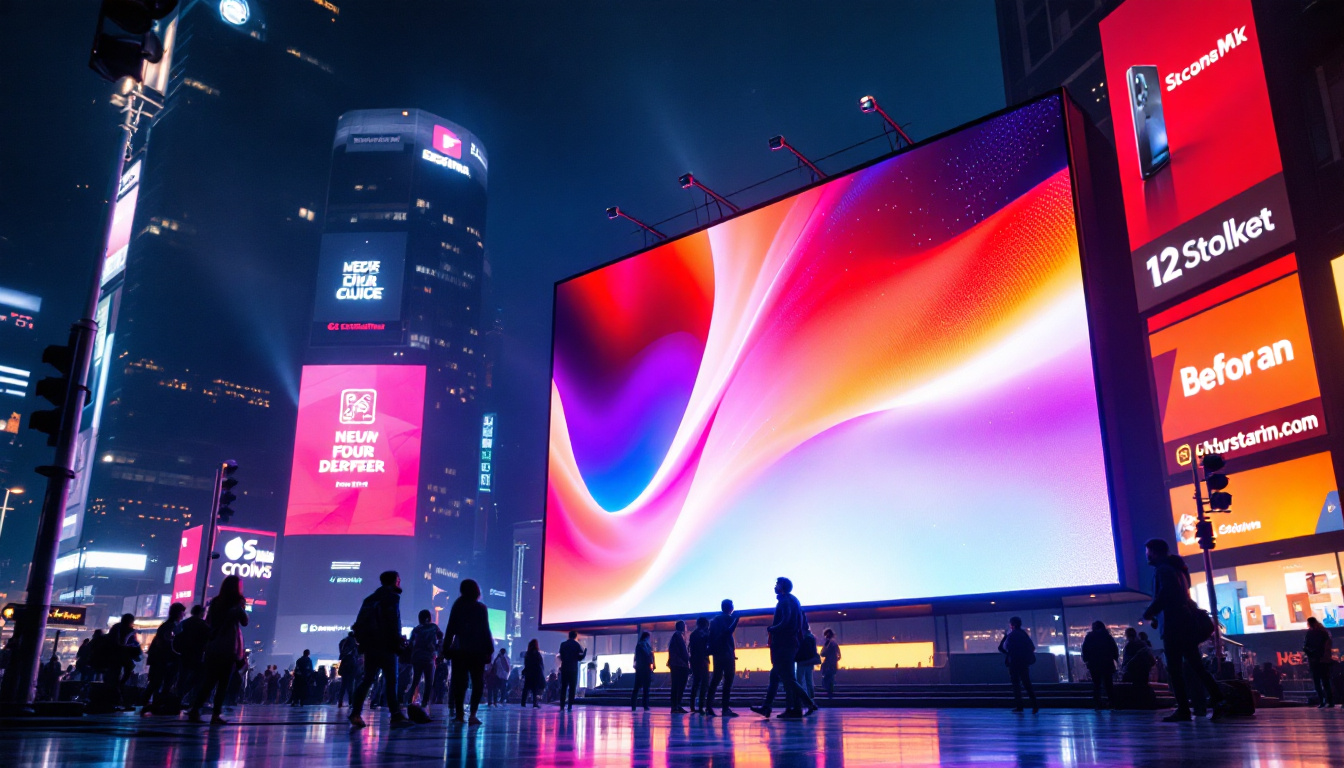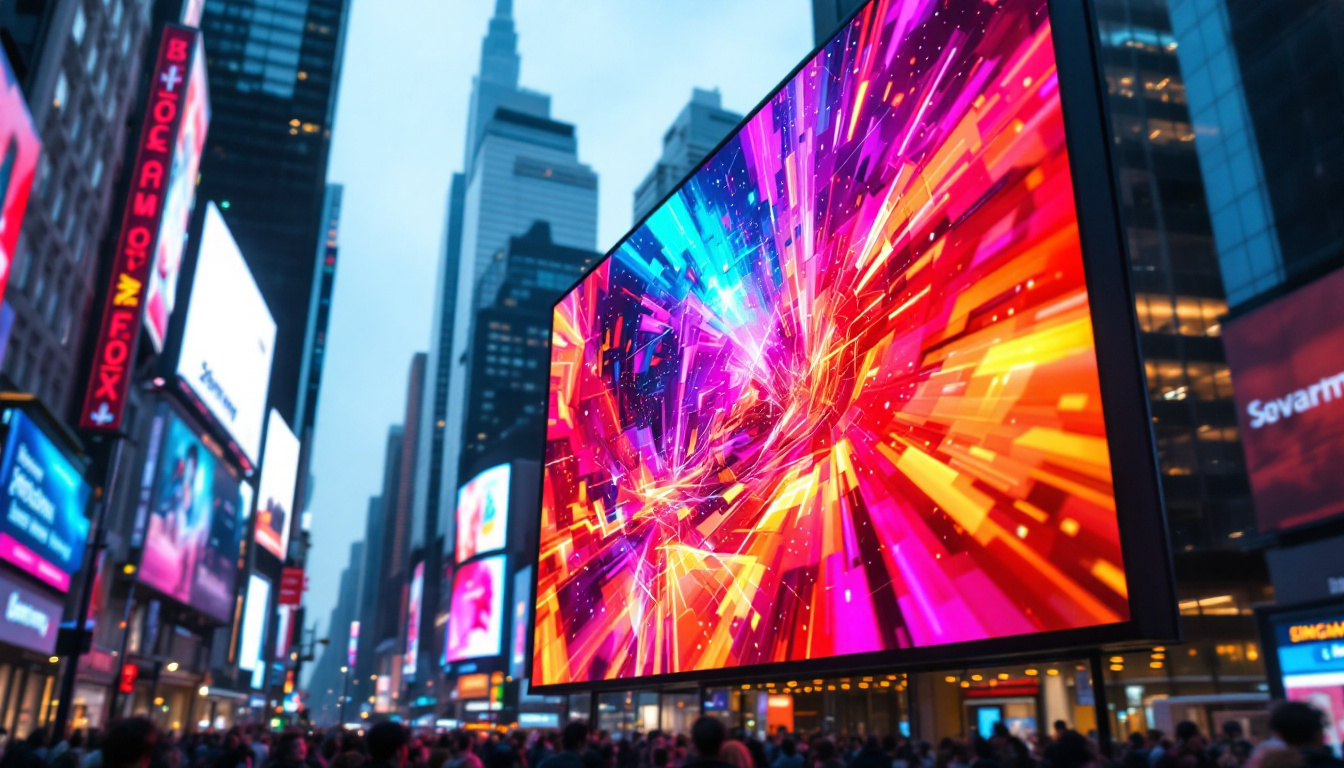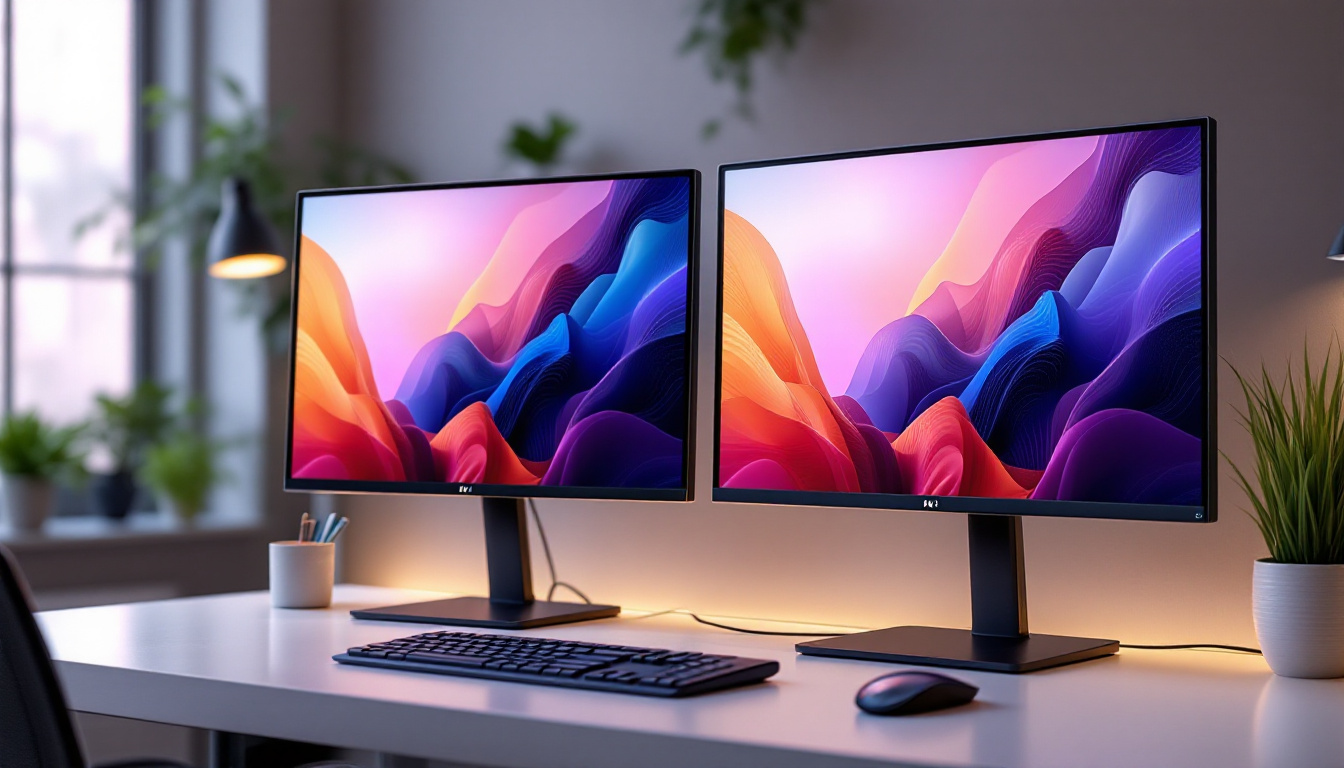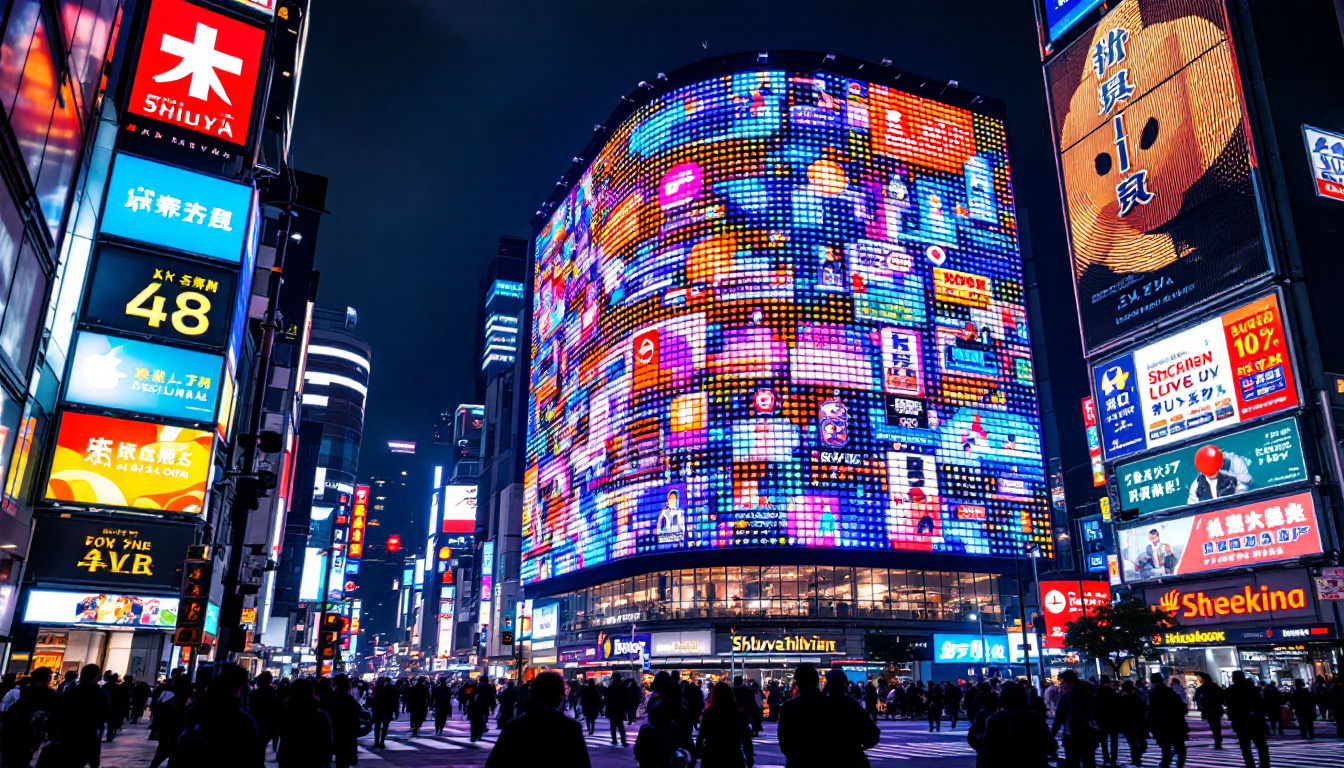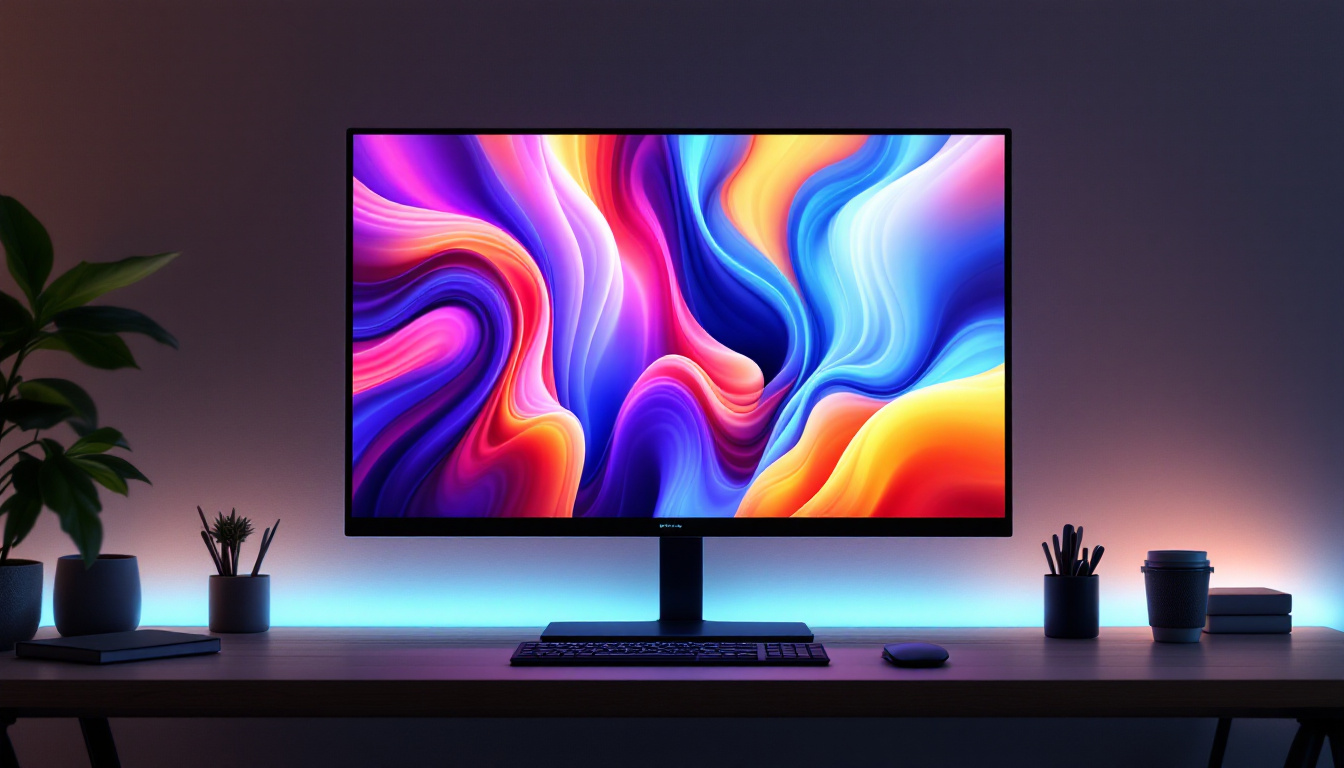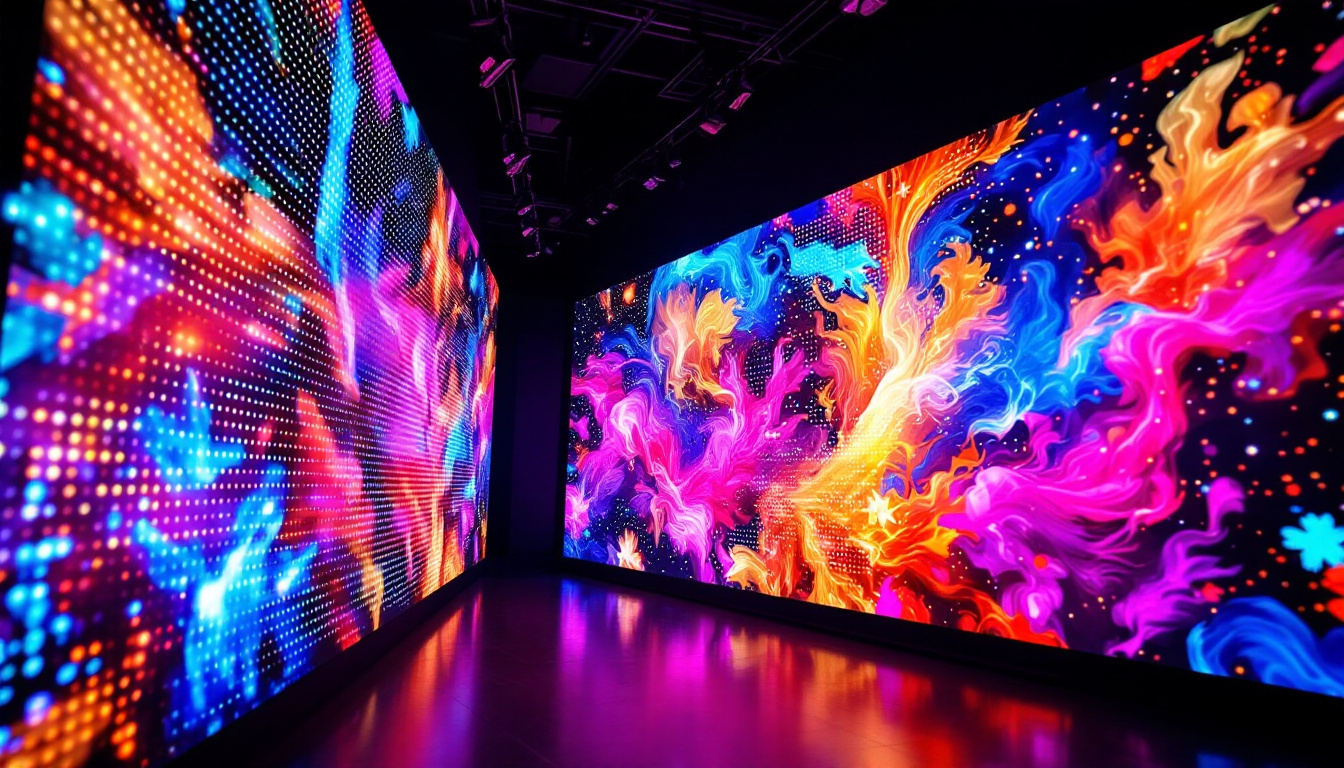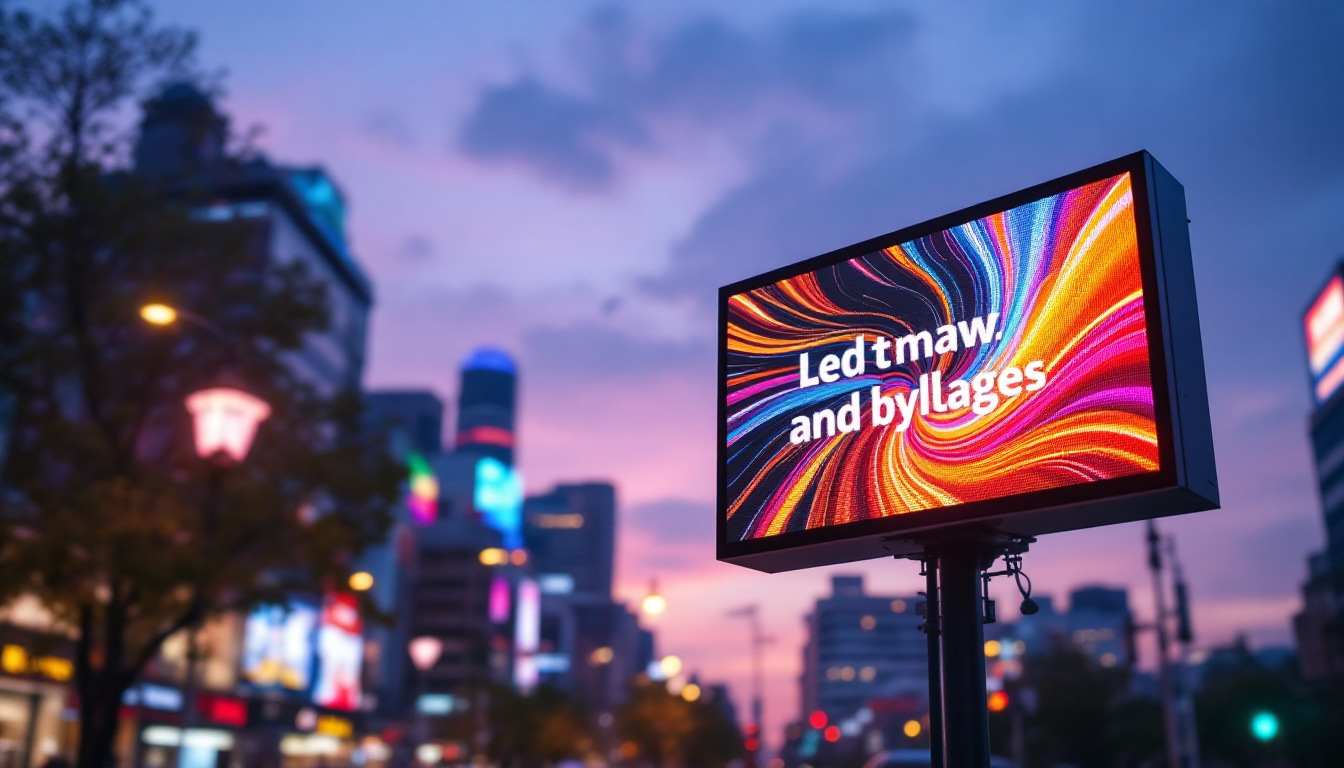In the rapidly evolving world of technology, panel touch screens with LED displays have emerged as a fundamental component in various applications, from consumer electronics to industrial machinery. This article delves into the intricacies of panel touch screens, examining their functionality, advantages, and the underlying technology that makes them a preferred choice for many users.
Understanding Panel Touch Screens
Panel touch screens are interactive display devices that allow users to engage with digital content through touch input. These screens are prevalent in smartphones, tablets, kiosks, and even in automotive displays. Their intuitive nature has revolutionized how users interact with technology, making it more accessible and user-friendly.
Types of Touch Technology
There are several types of touch technologies utilized in panel touch screens, each with its unique characteristics and applications. The most common types include resistive, capacitive, and optical touch screens.
Resistive touch screens consist of multiple layers that register touch when pressure is applied. They are often more affordable and can be used with a stylus or gloved hands, making them suitable for various environments. This makes them particularly advantageous in industrial settings where workers may need to operate devices while wearing protective gear. Additionally, resistive screens can be more resistant to dust and moisture, which further enhances their utility in challenging conditions.
Capacitive touch screens, on the other hand, rely on the electrical properties of the human body. They offer higher sensitivity and clarity, making them ideal for smartphones and tablets. However, they typically require direct skin contact, which can limit usability in certain scenarios. Despite this limitation, advancements in technology have led to the development of enhanced capacitive screens that can detect gestures and multi-touch inputs, allowing for more complex interactions and a richer user experience.
Applications of Panel Touch Screens
The versatility of panel touch screens has led to their adoption in numerous fields. In retail, interactive kiosks equipped with touch screens enhance customer experience by providing information and facilitating transactions. These kiosks can also collect valuable data on consumer behavior, allowing businesses to tailor their offerings and improve service. In healthcare, touch screens are used in medical devices and patient management systems, allowing for quick access to vital information. The integration of touch technology in healthcare not only streamlines operations but also empowers patients to engage in their care through interactive interfaces.
Moreover, the automotive industry has embraced touch screen technology for infotainment systems, providing drivers with a seamless interface to control navigation, music, and communication. This trend is expected to grow as vehicles become increasingly connected and autonomous. With features like voice recognition and gesture control being integrated into touch screens, the driving experience is evolving to prioritize safety and convenience. As manufacturers continue to innovate, we can expect to see touch screens that adapt to user preferences, learning from interactions to provide a more personalized driving environment.
LED Display Technology
Light Emitting Diode (LED) technology is a crucial component of modern panel touch screens. LED displays provide vibrant colors, high brightness, and energy efficiency, making them an ideal choice for various applications.
How LED Displays Work
LED displays function by emitting light through semiconductor materials. When an electric current passes through these materials, they emit photons, creating visible light. This technology allows for the creation of displays that are thinner and lighter than traditional LCD screens.
In a typical LED display, individual pixels are formed by combining red, green, and blue (RGB) diodes. By adjusting the intensity of each color, a wide spectrum of colors can be produced, resulting in high-quality images and videos. This capability is particularly beneficial for applications requiring precise color reproduction, such as graphic design and video editing. Furthermore, advancements in LED technology, such as the introduction of Quantum Dot LEDs, have further enhanced color accuracy and brightness, pushing the boundaries of what is visually possible in display technology.
Advantages of LED Displays
LED displays offer several advantages over traditional display technologies. One of the most significant benefits is their energy efficiency. LED screens consume less power compared to LCDs and other display types, making them more environmentally friendly and cost-effective in the long run.
Additionally, LED displays provide superior brightness and contrast ratios, ensuring visibility even in well-lit environments. This feature is particularly important for outdoor applications, where sunlight can wash out images on less capable screens. The durability of LED technology also cannot be overlooked; LED displays are less prone to damage from impacts and can withstand harsher conditions, making them suitable for both indoor and outdoor use. Moreover, with the rise of smart technology, many LED displays now come equipped with features like touch sensitivity and connectivity options, allowing for interactive experiences that were previously unimaginable.
Integration of Touch Technology and LED Displays
The combination of touch technology and LED displays has resulted in a new generation of interactive screens that enhance user experience. This integration allows for seamless interaction with digital content, making it easier for users to navigate and engage with applications.
Enhancing User Experience
Touch screens with LED displays offer a more immersive experience compared to traditional interfaces. The vibrant colors and sharp images produced by LED technology, combined with the intuitive nature of touch interaction, create a dynamic environment for users.
In educational settings, for instance, interactive touch screens can facilitate learning by allowing students to engage directly with content. This hands-on approach can enhance retention and understanding, making lessons more effective. Moreover, the ability to annotate, highlight, and manipulate digital content in real-time fosters collaboration among students, encouraging group projects and discussions that can lead to deeper insights and creativity.
Beyond education, the retail sector has also embraced this technology, using touch-enabled LED displays to create engaging shopping experiences. Customers can browse products, access detailed information, and even customize their purchases through interactive kiosks. This not only streamlines the shopping process but also provides retailers with valuable data on consumer preferences and behaviors, allowing them to tailor their offerings more effectively.
Challenges and Considerations
Despite the numerous advantages of panel touch screens with LED displays, there are challenges that manufacturers and users must consider. One significant concern is the durability of touch screens, particularly in high-traffic environments where screens may be subjected to frequent use and potential damage.
Additionally, while LED displays are generally energy-efficient, the brightness levels required for certain applications can lead to increased power consumption. Striking a balance between performance and energy efficiency is crucial for manufacturers aiming to create sustainable products. Furthermore, the rapid advancement of technology means that keeping up with the latest innovations and ensuring compatibility with existing systems can be a daunting task for businesses. As touch technology continues to evolve, manufacturers must also focus on enhancing the tactile feedback and responsiveness of touch screens to meet the growing expectations of users who demand a more natural and fluid interaction with digital interfaces.
Future Trends in Panel Touch Screens and LED Displays
The future of panel touch screens and LED displays is promising, with ongoing advancements in technology poised to enhance their functionality and performance. Emerging trends include the development of flexible displays, improved touch sensitivity, and enhanced integration with artificial intelligence.
Flexible Displays
Flexible display technology is gaining traction, allowing screens to be bent and shaped without compromising functionality. This innovation opens up new possibilities for design and application, enabling the creation of curved screens and wearable devices.
As manufacturers explore flexible displays, the potential for new user experiences expands. For example, a flexible touch screen could be integrated into clothing or accessories, providing users with interactive capabilities in a compact form factor. Imagine a jacket with a built-in display that can show notifications or even play videos, all while maintaining the garment’s aesthetic appeal. Additionally, the integration of flexible displays into everyday items like furniture could transform how we interact with our environments, allowing for customizable interfaces that adapt to our needs.
Enhanced Touch Sensitivity
Advancements in touch sensitivity are also on the horizon. Future touch screens may incorporate pressure-sensitive technology, allowing for more nuanced interactions. This feature could enable users to perform different actions based on the pressure applied, enhancing the overall experience.
Such developments could significantly impact creative industries, where artists and designers could utilize pressure-sensitive touch screens to create more intricate works with varying brush strokes or effects. Furthermore, these advancements could revolutionize gaming experiences, where the degree of pressure applied to a screen could influence gameplay mechanics, creating a more immersive and engaging environment. As developers harness this technology, we may see games that respond dynamically to the player’s touch, offering a level of interaction that was previously unimaginable.
Conclusion
Panel touch screens with LED displays represent a significant advancement in technology, offering intuitive interaction and vibrant visuals. Their applications span various industries, enhancing user experience and driving innovation.
As technology continues to evolve, the integration of touch technology and LED displays will likely lead to even more exciting developments. The future holds promise for flexible designs, enhanced sensitivity, and more sustainable solutions, ensuring that panel touch screens remain at the forefront of technological advancements.
In a world where digital interaction is becoming increasingly prevalent, understanding the intricacies of panel touch screens and LED displays is essential for both consumers and professionals alike. Embracing these technologies will pave the way for a more connected and interactive future.
Discover the Future of Visual Engagement with LumenMatrix
As you embrace the dynamic world of panel touch screens and LED displays, take the next step with LumenMatrix. Our commitment to innovation positions us at the cutting edge of LED technology, offering a diverse range of solutions from Indoor and Outdoor LED Wall Displays to specialized options like Vehicle, Sports, and Floor LED Displays. Whether you’re looking to captivate your audience, enhance your brand’s visibility, or create immersive visual experiences, LumenMatrix has the tools to transform your vision into reality. Check out LumenMatrix LED Display Solutions and join the revolution in visual communication.


